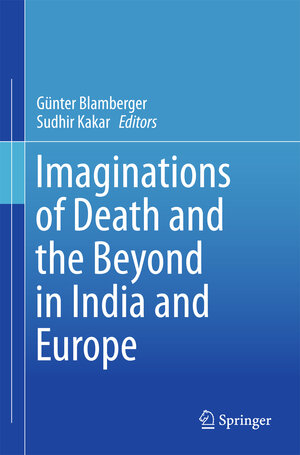
Imaginations of Death and the Beyond in India and Europe
herausgegeben von Günter Blamberger und Sudhir KakarThis volume explores current images of afterlife/afterdeath and the presence of the dead in the imaginations of the living in Indian and European traditions. Specifically, it focuses on the deepest and most fundamental uncertainty of human existence---the awareness of human mortality, on which depends any assignment of meaning to earthly existence as also to notions of worldly and otherworldly salvation. This central idea is addressed in the literature, arts, audiovisual media and other cultural artefacts of the two traditions. The chapters are based on two main assumptions: First, that one cannot report on the direct experience of death; so it is only possible to speak allegorically of it. Second, in contemporary Western societies, marked by structural atheism, people look at literature, the arts and mass media to study their depiction and reading of traditionally religious questions of disease, death and the Beyond. This is in contrast to Asian civilizations whose preoccupationwith death and Beyond is persistent and perhaps central to the civilizations’ highest thought.
The chapters cover a wide spectrum of disciplinary approaches, from psychoanalysis to religious, anthropological, literary and film studies, from sociology and philosophy to art history, and address issues of unsettling power: comforting illusions of afterlife; the relations between afterlife and fertility; visions of technological immortalization of mankind; the problem of thinking about death after the “death of God”; socialist utopias of bodily immortality; fear of Hell and punishment; different concepts in relating the living and the dead; near-death experiences; and cultural practices of spiritualism, occultism and suicide.




